manual gearbox 7 speed
The 7-speed manual gearbox is a high-performance transmission designed to optimize driver control, fuel efficiency, and overall vehicle performance. It features seven forward gears and one reverse gear, providing a wide range of gear ratios to suit various driving conditions. This transmission is particularly popular in sports and luxury vehicles, where precise shifting and responsive performance are prioritized.
First introduced in production cars around 2012, the 7-speed manual gearbox was developed to address the demand for improved fuel economy and enhanced driving dynamics; It combines the precision of a manual transmission with the benefits of an additional gear ratio, allowing for smoother acceleration and better engine speed management. The seventh gear often serves as an overdrive, reducing engine RPM at high speeds to improve fuel efficiency without compromising performance.
Manufacturers like ZF and TREMEC have pioneered the development of this advanced gearbox, incorporating lightweight materials and precision engineering for smooth operation. The 7-speed manual gearbox is designed to deliver a more engaging driving experience, offering closer gear spacing and finer control over power delivery. This makes it ideal for both city driving and highway cruising, providing a balanced blend of power and efficiency.
With its compact design and strategic gear ratio arrangement, the 7-speed manual gearbox has become a favorite among driving enthusiasts. It enhances acceleration, reduces engine strain at high speeds, and offers a more nuanced driving experience compared to traditional 5- or 6-speed transmissions.
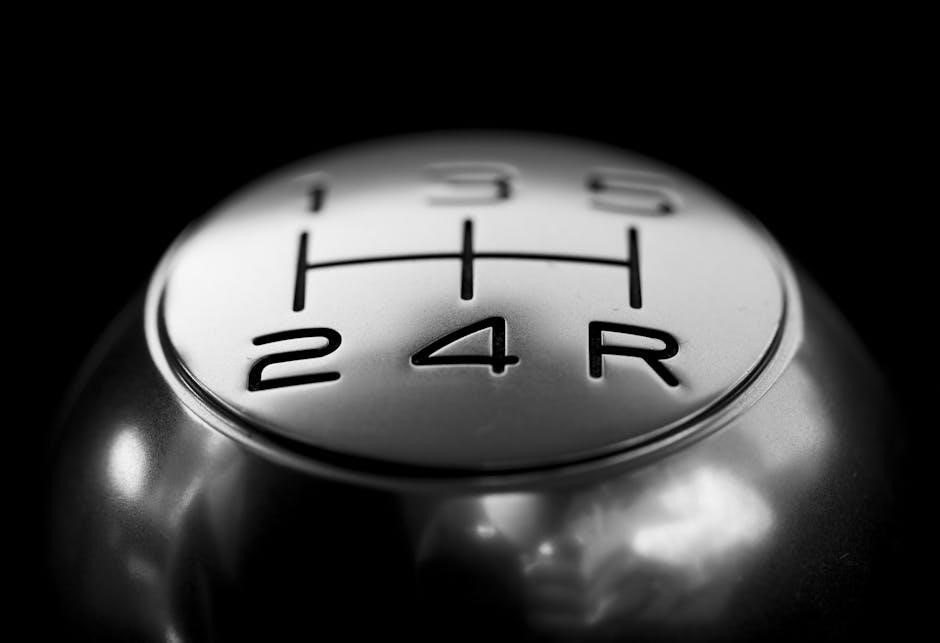
History and Development of the 7-Speed Manual Gearbox
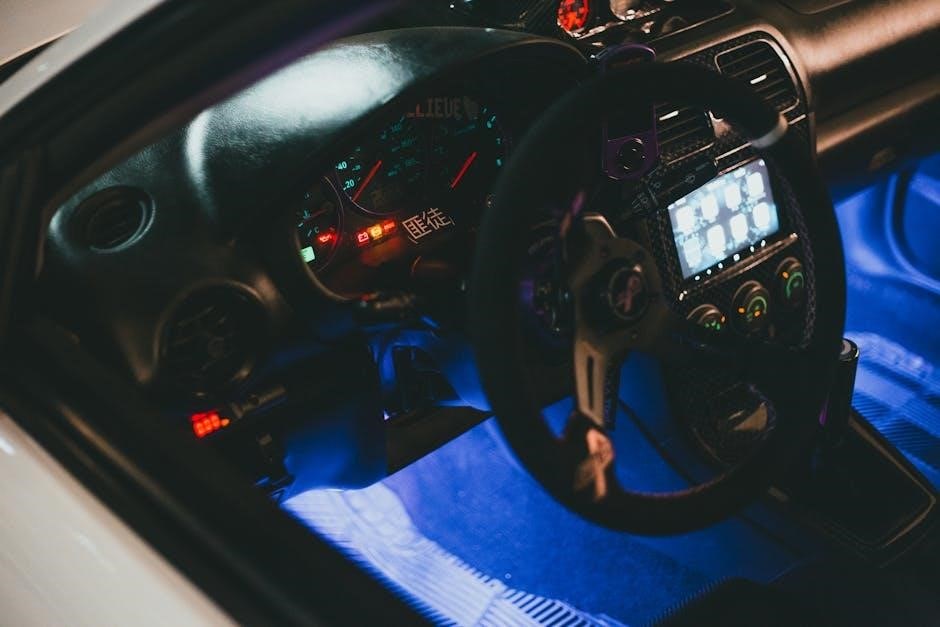
The 7-speed manual gearbox emerged as a response to the growing demand for vehicles that combined high performance with improved fuel efficiency. Initially, manual transmissions were limited to 4 or 5 gears, but as engines became more powerful and drivers sought smoother acceleration, the need for additional gears arose. The development of the 7-speed manual gearbox was a significant milestone in automotive engineering, offering drivers a wider range of gear ratios to optimize power delivery and fuel consumption.
The origins of the 7-speed manual can be traced back to the early 2000s, when car manufacturers began experimenting with higher gear counts to meet stricter emissions standards and provide better driving experiences. Early versions were primarily used in high-performance sports cars, where the additional gear allowed for finer control over engine speed, especially during high-speed driving or when navigating challenging terrain.
Over time, advancements in materials and design led to more compact and lightweight 7-speed transmissions, making them viable for a broader range of vehicles. The integration of advanced synchronizers and gear tooth designs improved shift quality, reducing the effort required to change gears and enhancing overall driver comfort. Today, the 7-speed manual gearbox is a testament to the evolution of automotive technology, blending tradition with innovation to meet the demands of modern driving.
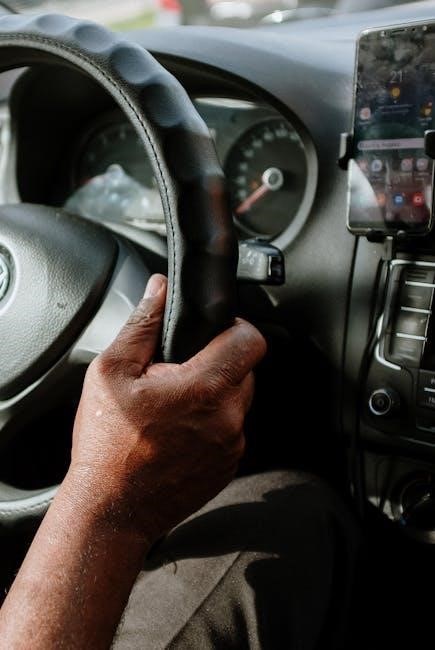
The early development of the 7-speed manual gearbox can be traced back to the late 20th century, when automotive engineers began exploring ways to improve the efficiency and performance of manual transmissions. As vehicles became more sophisticated, the demand for smoother power delivery and better fuel economy grew, prompting manufacturers to experiment with higher gear counts.
One of the earliest pioneers in the development of the 7-speed manual gearbox was the German automaker Porsche. In the early 2000s, Porsche introduced a 7-speed manual transmission in its iconic 911 sports car. This transmission was designed to provide closer gear ratios, allowing drivers to maintain optimal engine speed during acceleration and cornering. The additional gear enabled smoother transitions between shifts, particularly at high speeds, making it a favorite among driving enthusiasts.
The development process was not without challenges. Engineers faced significant hurdles in designing a compact, lightweight 7-speed gearbox that could handle the high torque outputs of modern engines. Traditional 5- and 6-speed transmissions were already complex, and adding another gear required innovative solutions in gear tooth design, synchronizer technology, and lubrication systems. Porsche’s engineers reportedly spent years refining the design, ensuring that the 7-speed gearbox was both durable and user-friendly.
Despite the technical advancements, the early 7-speed manual gearbox was not without criticism. Some drivers found the additional gear confusing, as it required a slight adjustment in shifting technique. Additionally, the cost of producing such a complex transmission was higher than that of traditional 5- or 6-speed units, limiting its adoption to high-end sports cars and luxury vehicles.
However, the introduction of the 7-speed manual gearbox marked a significant shift in the automotive industry. It demonstrated that manual transmissions could remain relevant in an era dominated by automatic and dual-clutch transmissions. The 7-speed gearbox offered a unique combination of driver engagement and technological sophistication, appealing to purists who valued the connection between car and driver.
The early success of the 7-speed manual gearbox also inspired other manufacturers to explore similar designs. Companies like BMW and Mazda began developing their own 7-speed transmissions, though these were often paired with advanced driver-assistance systems to simplify operation. This period of innovation laid the foundation for the modern 7-speed manual gearbox, which continues to evolve with advancements in materials science and computer-aided design.
2.2. Modern Innovations in 7-Speed Technology
The evolution of the 7-speed manual gearbox has been marked by continuous innovation, driven by advancements in engineering, materials science, and computational design. In recent years, manufacturers have focused on enhancing the performance, efficiency, and usability of these transmissions, ensuring they remain relevant in an era dominated by automatic and dual-clutch alternatives. Modern 7-speed manual gearboxes now feature cutting-edge technologies that address the demands of contemporary drivers while maintaining the timeless appeal of manual shifting.
Lightweight Materials and Compact Design
One of the most significant modern innovations in 7-speed manual gearbox technology is the use of lightweight materials. Traditional gearboxes often relied on heavy steel components, which added to the overall weight of the vehicle and negatively impacted fuel efficiency. Today, manufacturers are increasingly turning to advanced materials such as aluminum alloys, carbon fiber, and high-strength lightweight steels to construct key components like the gearbox casing, gears, and shafts. These materials not only reduce weight but also maintain or even improve strength and durability.
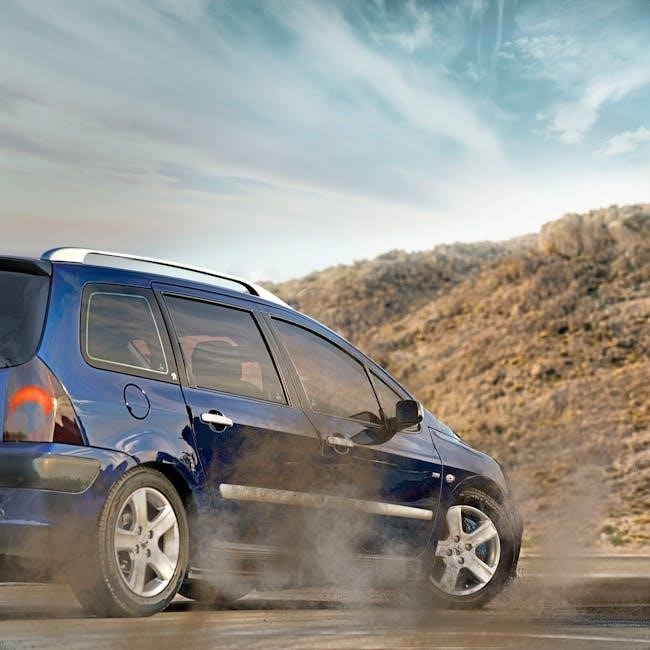
The shift toward lightweight construction has also enabled engineers to design more compact 7-speed gearboxes. By optimizing the arrangement of gears and bearings, modern transmissions occupy less space within the vehicle, allowing for better packaging and improved weight distribution. This compact design is particularly beneficial for sports cars and performance vehicles, where every inch and pound count.

Advanced Synchronizer Technology
The synchronizer system is a critical component of any manual gearbox, responsible for ensuring smooth and precise gear shifts. Modern 7-speed manual gearboxes feature advanced synchronizer designs that reduce wear, minimize noise, and improve shift quality. One notable innovation is the use of carbon-fiber friction rings, which provide superior durability and consistent frictional performance over the life of the transmission. These rings are less prone to wear compared to traditional brass or steel components, reducing the likelihood of premature synchronizer failure.
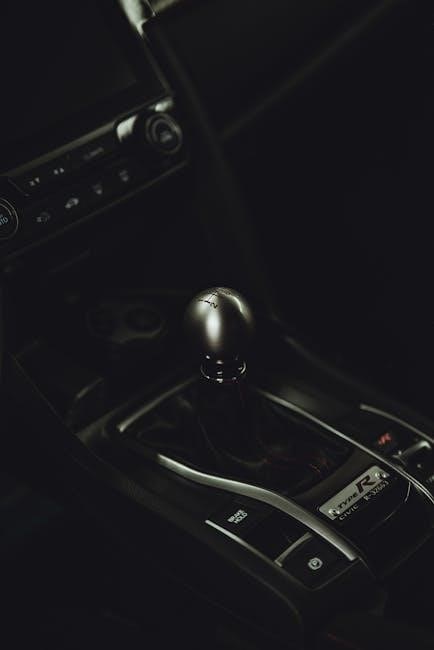
Another breakthrough is the implementation of double-cone synchronizers in some high-performance applications. Unlike traditional single-cone designs, double-cone synchronizers use two friction cones per gear, allowing for faster and more precise engagement. This technology is particularly advantageous in racing and track-focused vehicles, where rapid, smooth shifts are essential for competitive performance.
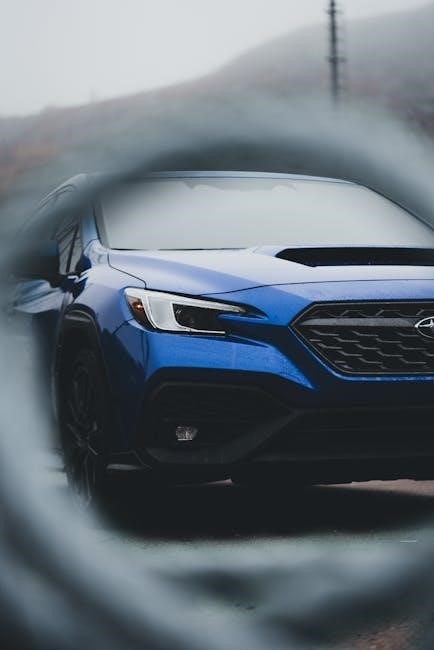
Integration of Electronic Aids
While the 7-speed manual gearbox remains a mechanical system at its core, modern iterations often incorporate electronic aids to enhance driver experience and performance. One such innovation is automatic rev-matching, a feature that automatically adjusts engine speed during downshifts to match the gear being selected. This technology, commonly found in high-end sports cars, reduces wear on the transmission and drivetrain while also improving smoothness during aggressive driving.
Another electronic advancement is the integration of shift indicators and driver assist modes. Some modern 7-speed manual gearboxes are equipped with sensors and software that provide real-time feedback to the driver, such as suggesting the optimal gear for current driving conditions or alerting the driver to potential misshifts. These systems are particularly useful for newer drivers or those transitioning from automatic transmissions.
Improved Lubrication and Cooling Systems
Modern 7-speed manual gearboxes also benefit from advanced lubrication and cooling systems, which are essential for maintaining optimal performance and longevity. High-performance gear oils with improved thermal stability and wear resistance are now widely used, enabling the transmission to operate efficiently in extreme conditions, from freezing temperatures to high-speed track use.
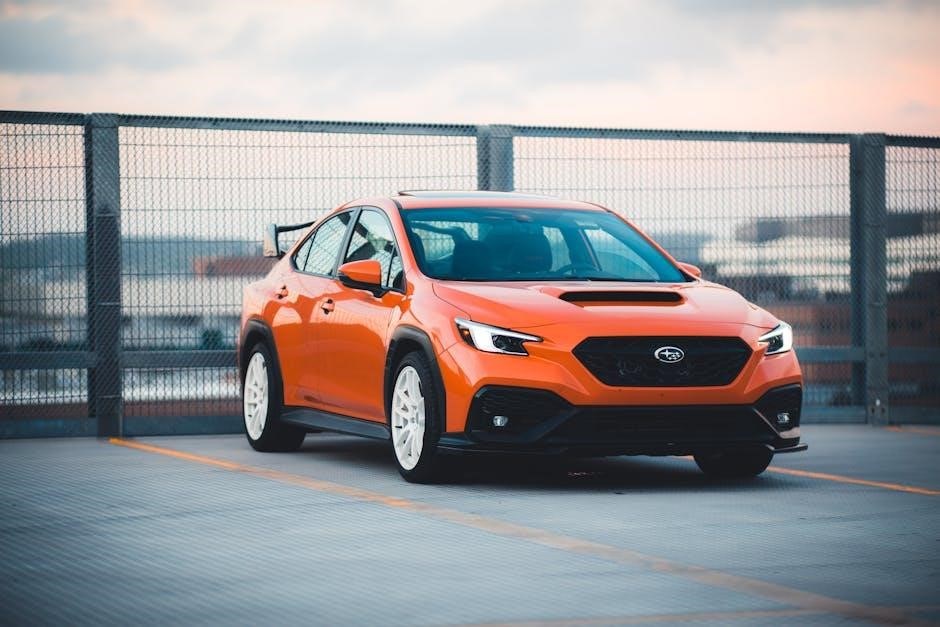
In addition, some manufacturers have introduced active cooling systems for their 7-speed gearboxes. These systems use sensors to monitor transmission temperature and automatically engage cooling elements, such as oil coolers or air ducts, when necessary. This innovation is particularly valuable in high-stress applications, such as racing or towing, where excessive heat can lead to premature wear or failure.
Optimized Gear Ratios and Customization
Modern 7-speed manual gearboxes often feature optimized gear ratios that are tailored to specific vehicle applications. For example, sports cars may have closer-ratio gearing for improved acceleration and responsiveness, while larger vehicles or those used for hauling may have taller gearing for better fuel efficiency and reduced engine noise at highway speeds.
Some manufacturers now offer customizable gear ratio options, allowing buyers to select the ideal setup for their driving habits and preferences. This level of personalization is made possible by advancements in computer-aided design and manufacturing, which enable the production of precision-engineered gears with specific ratio profiles.
Hybrid and Electric Vehicle Integration
As the automotive industry transitions toward hybrid and electric powertrains, the role of the 7-speed manual gearbox is evolving. While many hybrid and electric vehicles rely on automatic or continuously variable transmissions, some manufacturers are exploring the integration of manual gearboxes into these systems. This approach aims to combine the efficiency of hybrid powertrains with the driver engagement of a manual transmission.
For instance, certain hybrid models now feature a 7-speed manual gearbox paired with an electric motor, allowing for improved fuel economy and lower emissions without sacrificing the tactile experience of shifting gears. This innovative application demonstrates the versatility of the 7-speed manual gearbox and its potential to adapt to future automotive trends.
Enhanced Manufacturing Processes
The production of modern 7-speed manual gearboxes has also benefited from advancements in manufacturing technology. Techniques such as 3D printing and additive manufacturing are being used to create complex components with intricate geometries that would be difficult or impossible to produce using traditional methods. These processes not only improve the precision and consistency of gearbox components but also reduce production costs and lead times.
Additionally, the use of robotic assembly lines and artificial intelligence in manufacturing has significantly improved the quality and reliability of 7-speed manual gearboxes. By automating key stages of the assembly process, manufacturers can minimize human error and ensure that every transmission meets stringent quality standards.
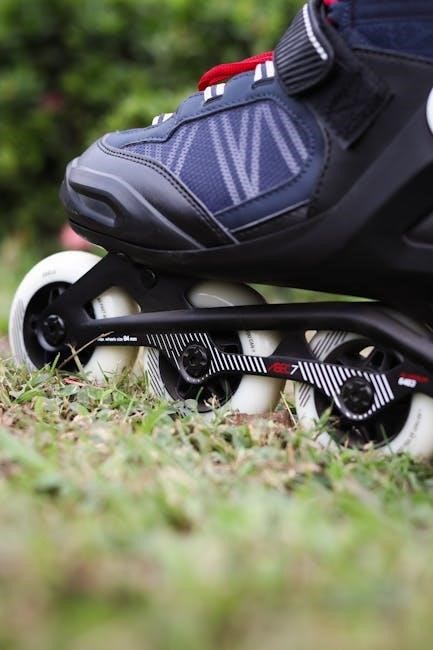
Global Adoption and Market Trends
The modern 7-speed manual gearbox has gained widespread acceptance across various markets and vehicle segments. While it remains most popular in high-performance and sports cars, its adoption is growing in other areas, such as luxury vehicles and even some compact cars. This trend reflects the increasing demand for driving engagement and efficiency in a diverse range of applications.
In emerging markets, the affordability and durability of 7-speed manual gearboxes make them an attractive option for consumers seeking a balance between performance and practicality. As
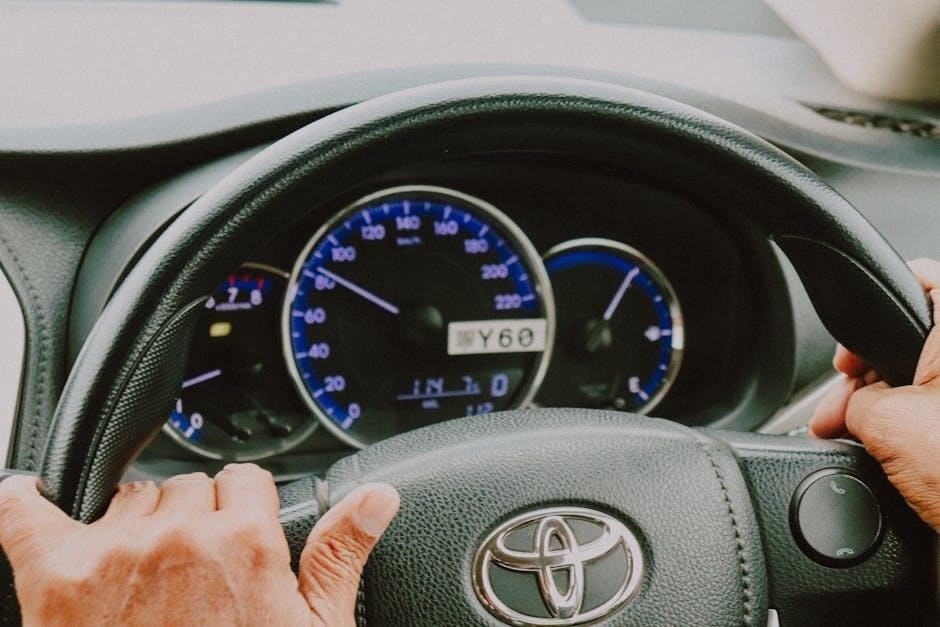



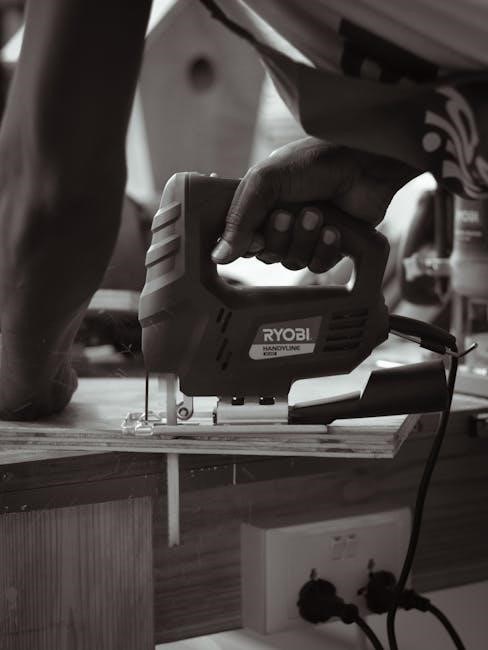



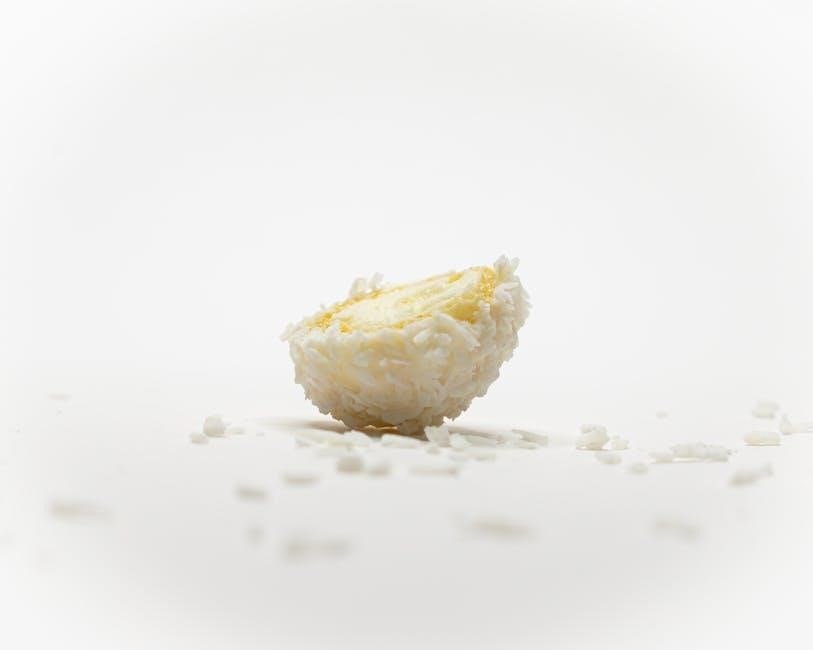

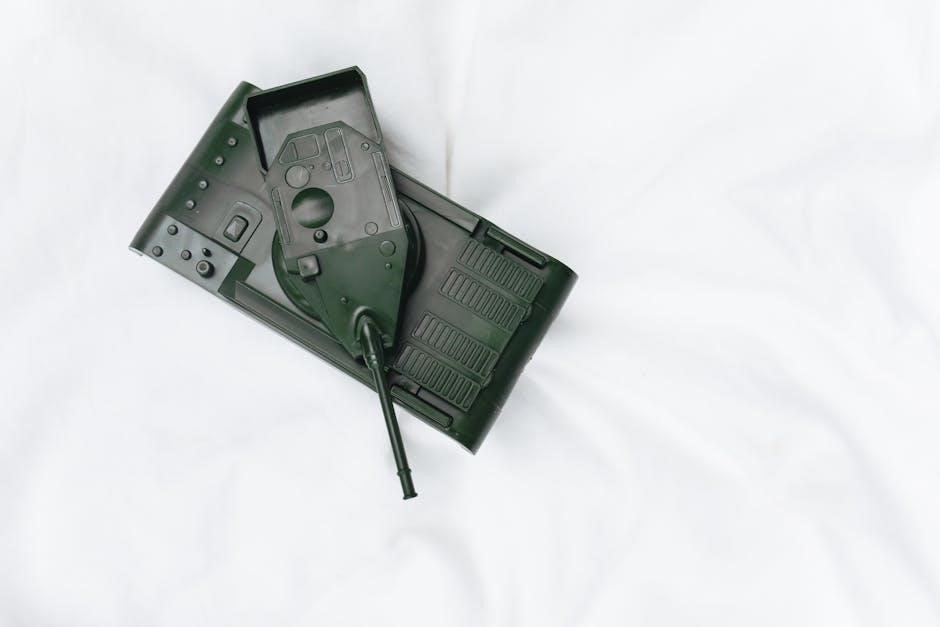
Leave a Comment